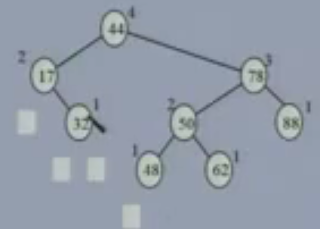The Prisoners Black and White Hat Riddle
Problem : Suppose there are 4 prisoners named A, B, C, and Z. Prisoner Z is standing on one side of a wall, and prisoners A B and C are standing on the other side of the wall. Prisoners A, B, and C are all standing in a straight line facing right – so A can see prisoner B and C, and B can see prisoner C. This is what their arrangement looks like: Z | A B C Where the “|” represents a wall. The wall has no mirrors. So, prisoner Z can see the wall and nothing else. There are 2 white hats and 2 black hats and each prisoner has a hat on his head. Each prisoner can not see the color of his own hat, and can not remove the hat from his own head. But the prisoners do know that there are 2 white hats and 2 black hats among themselves. The prison guard says that if one of the prisoners can correctly guess the color of his hat then the prisoners will be set free and released. The puzzle for you is to figure out which prisoner would know the color of his own hat?And also discuss the vari

